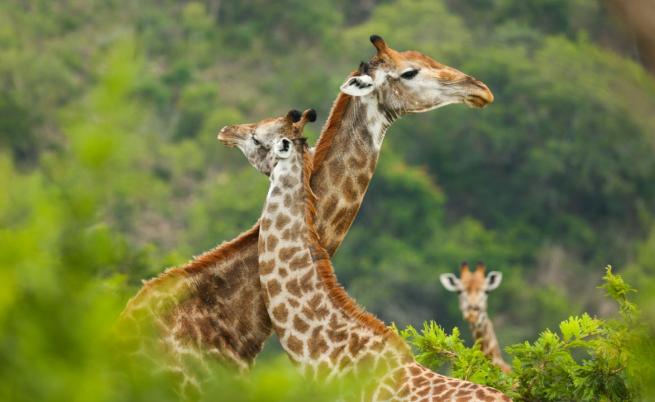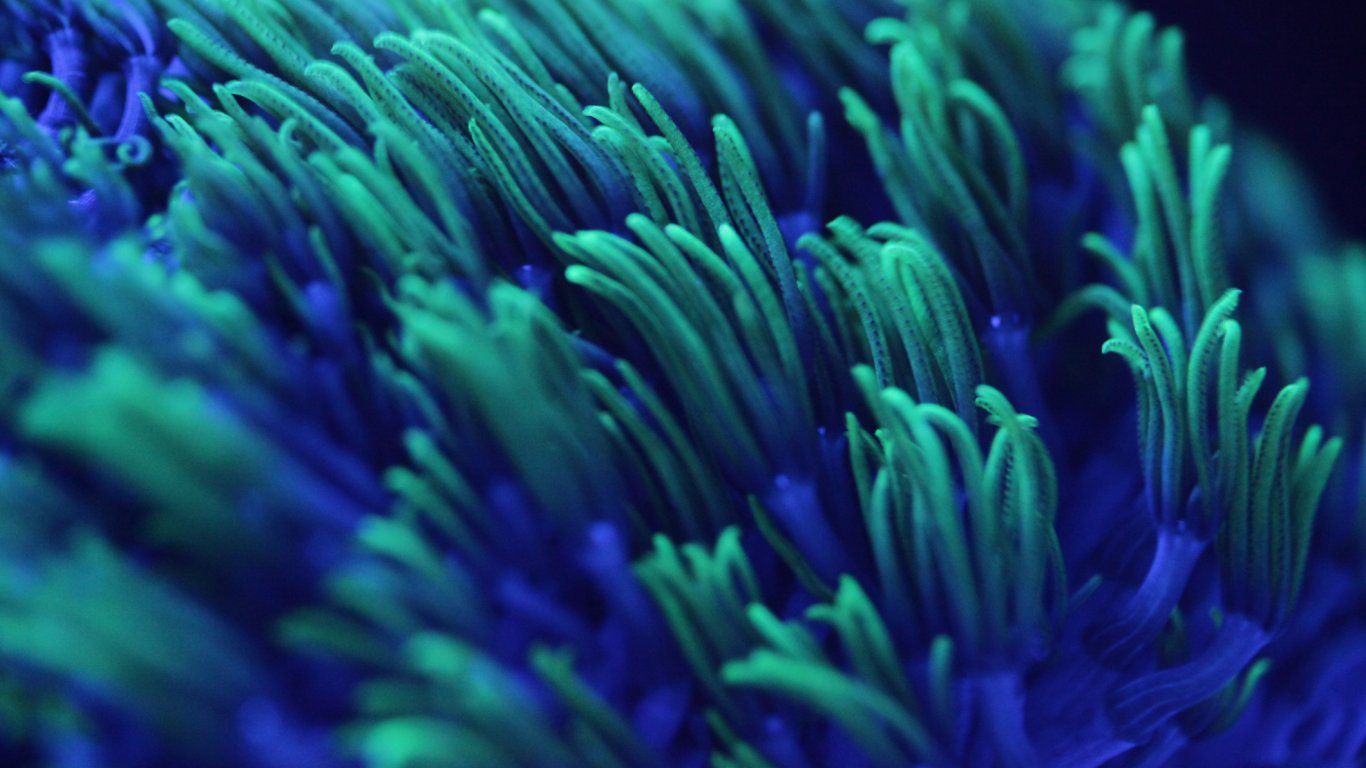Giraffes were not always long-necked, but always preferred head-to-toe positions.
Giraffes did not always have long necks, but they always preferred to hit their heads to maintain their position. Evidence of this is the discovery of a fossil specimen of a giraffe, endowed with a real “skull shield”, AFP reported, citing a publication in the journal Science.
The finding supports the theory that the initial driving force for neck lengthening in these animals was sexual selection.
Discovered in northern China, Discokeryx xiezhi is the first new species to live 17 million years ago.
The ancient ruminant, the size of a large deer, had a thick bony disc at the top of its skull and neck with remarkable cervical vertebrae that allowed it to withstand strong frontal blows, according to paleontologist Shu-Qi Wang of the Chinese Academy of Sciences, lead author. the article.
This “special morphology” was most likely adapted to head-to-head behavior between males, the researchers suggested. They compare the behavior of ancient animals to “neck paint” in modern male giraffes, which fight for supremacy, swinging their heads with small horns with all their might against their opponents.
The discovery of Chinese paleontologists plays a crucial role in a debate as old as paleontology itself: why does a giraffe have such a long neck?
Paleontologists have long defended the thesis of ecological advantage, according to which this long neck gives its owner a decisive advantage in reaching the high leaves of trees. According to a more recent and well-disputed theory, a long and powerful neck influences the outcome of fights between males and therefore favors its growth.
The research of Shu-Qi Wang and his colleagues supports the latter thesis: this type of battle is probably the first reason why giraffes have long necks. Subsequently, this acquisition gave them the advantage of being able to graze high leaves.
“This is a perfect example of ‘exaptation’, ie an advantage granted by an organ that will later be useful for other uses,” explains Gregoire Mete, a paleontologist at the National Museum of Natural History in Paris, who welcomed the “excellent research”. “.
According to him, the giraffes have started a “race” for a long and powerful neck. This shows once again that sexual competition is one of the driving forces of evolution, leading to morphological innovations that can be used for other purposes.
In the case of Discokeryx xiezhi, the morphology of the species is the most optimal adaptation for head-to-head battles compared to modern species that resort to this practice.
This morphology has given Discokeryx xiezhi the incomparable ability to absorb the energy of the blow and protect its brain.
But then why didn’t Discokeryx xiezhi also get a long neck? First, because the species did not need it: it experienced a remarkable episode of the Miocene, during which the climate warmed and this allowed it to graze to satiety. And secondly, because this is just the beginning of the history of giraffes and that of the growth of their long necks.













